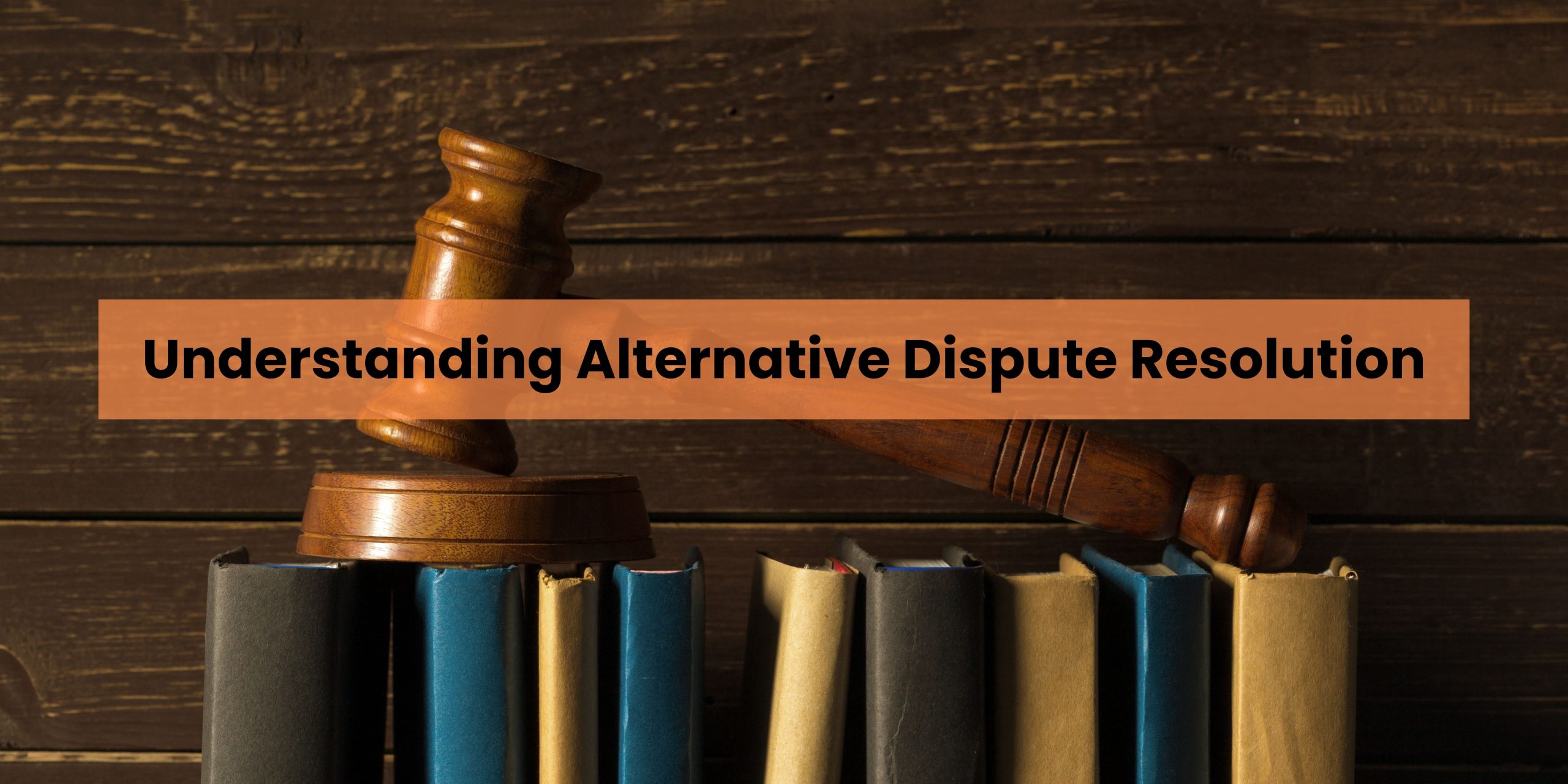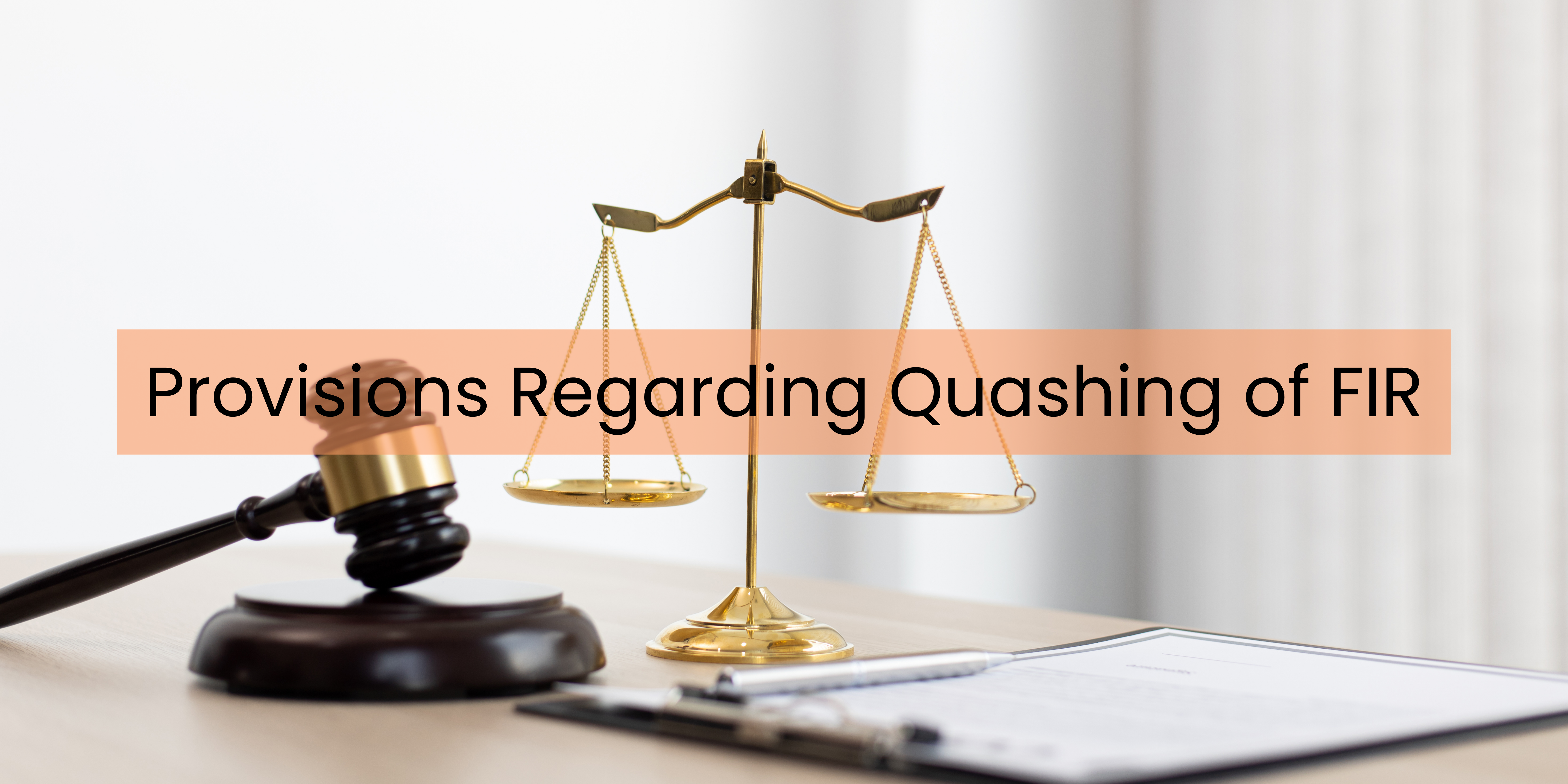In the dynamic landscape of the legal sphere, disputes are inevitable. From conflicts arising in contracts to disagreements between individuals or entities, the resolution of these conflicts is vital for maintaining harmony and upholding justice within society. Traditional litigation, while effective, is often time-consuming, expensive, and adversarial in nature. In response to these challenges, Alternative Dispute Resolution methods have emerged as valuable alternatives. These methods offer efficient and collaborative ways to settle disputes outside the courtroom. In this article, we delve into the various ADR methods, their meaning, and their significance in the realm of law and legal proceedings.
What is Alternative Dispute Resolution?
Alternative Dispute Resolution involves a range of methods and techniques employed to resolve disputes without resorting to formal litigation. These methods facilitate the resolution of conflicts through negotiation, mediation, arbitration, and other collaborative processes. Unlike traditional court proceedings, ADR emphasizes cooperation, flexibility, and the mutual interests of the involved parties.
Types of Alternative Dispute Resolution Methods
1. Arbitration:
Arbitration involves the appointment of a neutral arbitrator or panel to make a binding decision on the dispute after considering evidence and arguments presented by both parties. Unlike mediation, where the parties reach an agreement themselves, in arbitration, the arbitrator’s decision is final and legally binding. This method provides a more formalized approach to dispute resolution while maintaining flexibility and privacy.
2. Mediation:
Mediation involves a neutral third party, the mediator, who assists disputing parties in reaching a voluntary and mutually beneficial resolution. The mediator facilitates communication, identifies common ground, and helps generate options for settlement. This process empowers the conflicting parties to craft their own solutions, ensuring greater control over the outcome while preserving relationships and confidentiality.
3. Negotiation:
Negotiation stands as the foundational pillar of Alternative Dispute Resolution. It involves discussions between conflicting parties with the aim of reaching a mutually acceptable agreement. This process allows parties to communicate their interests, needs, and concerns while working towards a resolution that satisfies both sides. Negotiation can occur directly between the parties or through legal representatives, fostering an environment conducive to compromise and consensus.
4. Conciliation:
Similar to mediation, conciliation involves a neutral third party, the conciliator, who assists in resolving the dispute. However, the conciliator may take a more active role by suggesting solutions and proposing settlement terms. This method aims to bridge the gap between the conflicting parties by encouraging communication and fostering compromise.
Significance of Alternative Dispute Resolution in the Legal Landscape
1. Efficiency:
Alternative Dispute Resolution methods often lead to quicker resolutions compared to traditional litigation. The avoidance of lengthy court procedures saves time and resources for both parties involved. This expeditious process is particularly advantageous in commercial disputes where swift resolutions are crucial for business continuity.
2. Cost-Effectiveness:
The cost of litigation, including legal fees and court expenses, can be exorbitant. ADR methods generally offer a more cost-effective alternative by reducing the associated expenses. The streamlined process and the absence of prolonged courtroom battles contribute to significant cost savings.
3. Preserving Relationships:
Unlike adversarial litigation, Alternative Dispute Resolution methods prioritize collaboration and cooperation. By fostering open communication and mutual understanding, these methods help preserve relationships between conflicting parties, making them viable solutions for disputes among business partners, families, or communities.
4. Confidentiality:
ADR procedures often maintain a high level of confidentiality. The private nature of these methods allows parties to discuss sensitive matters without fear of public scrutiny. This confidentiality can be crucial, especially in cases involving proprietary information or personal disputes.
Conclusion
To sum up, Alternative Dispute Resolution methods offer a diverse toolkit for resolving conflicts effectively and efficiently. These methods empower parties to take an active role in shaping the resolution while mitigating the adversarial nature and costs associated with traditional litigation. Their significance lies not only in expediting resolutions but also in preserving relationships and fostering collaborative problem-solving. As the legal landscape continues to evolve, Alternative Dispute Resolution Methods stand as indispensable tools for achieving fair and swift resolutions in disputes across various domains.


